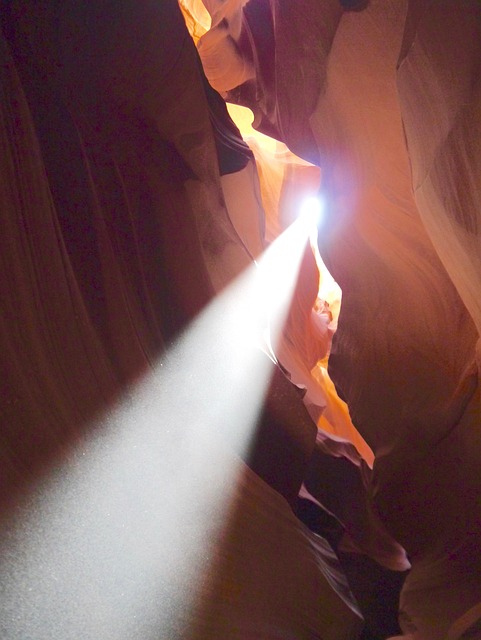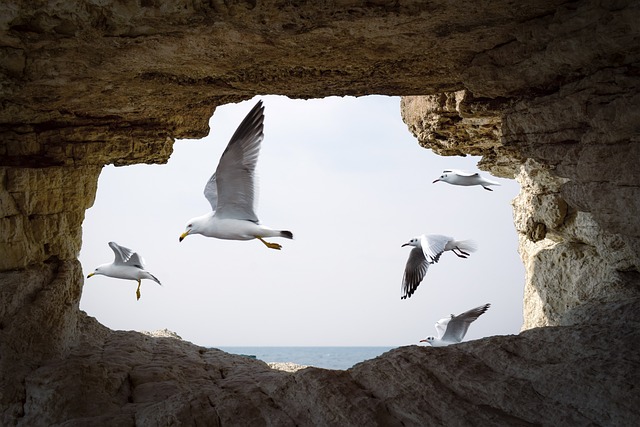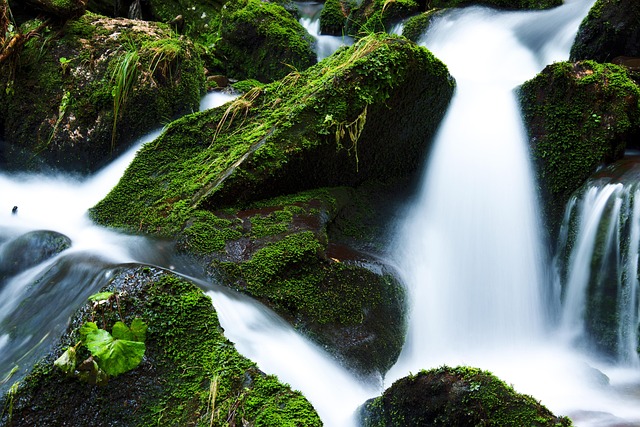Desert trails allure equestrian enthusiasts with their breathtaking landscapes, offering unique riding challenges and connections to nature. Remote arid regions feature innovative real estate practices, with homes seamlessly integrated into desert environments and strong community bonds. A growing equestrian culture drives demand for properties with equine facilities, benefiting both owners and local markets. This trend presents significant opportunities for developers and landowners catering to this niche market.
“Discover the captivating world where desert trails meet equestrian culture—a unique blend of adventure and community. From the allure of riding through vast sandscapes to the tight-knit bonds formed within vibrant equestrian communities, this article explores a niche yet thriving lifestyle. We delve into the real estate trends that cater to horse enthusiasts, uncovering opportunities for investors and lovers of the open range alike. Uncover how these trails not only shape landscapes but also forge unbreakable connections.”
The Allure of Desert Trails: A Rider's Paradise
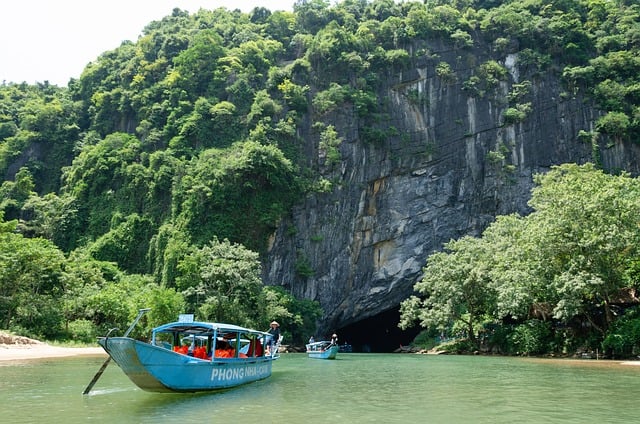
The allure of desert trails is undeniable for riders seeking an unparalleled experience. Stretching across vast, untouched landscapes, these trails offer a unique blend of natural beauty and adventure that captivates both horse and rider. The open, expansive real estate of deserts provides a canvas for breathtaking vistas, from towering sand dunes to sprawling salt flats, creating a sense of freedom and wonder.
For equestrian enthusiasts, desert trails represent a game-changer in terms of riding experiences. The diverse terrain offers challenges that keep riders engaged, testing their skills while enabling them to forge a deep connection with nature. As they navigate through this mystical landscape on horseback, riders can immerse themselves in the tranquil hum of the desert, enhancing both physical and mental well-being.
Equestrian Communities: Building Homes and Bonds in Arid Landscapes
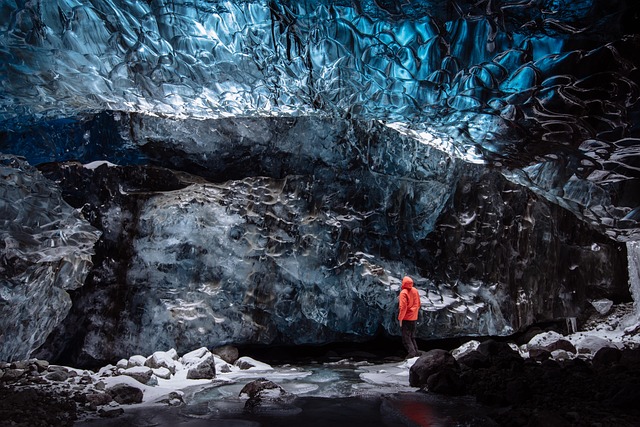
In arid landscapes, equestrian communities have found a unique way to build homes and forge bonds that transcend the harsh conditions. These tight-knit groups often settle in remote areas, where they create thriving real estate developments centered around their shared love for horses. Their homes are strategically designed to accommodate both human habitation and equine care, with stable facilities, grazing fields, and trails seamlessly integrated into the desert terrain.
These communities thrive on a sense of camaraderie and mutual support, fostering a strong social fabric that is as resilient as the desert itself. Members collaborate on infrastructure projects, organize communal events, and share knowledge about horse management and desert survival skills. This interconnectedness not only strengthens their bonds but also ensures the sustainability of their way of life, making them an integral part of the arid landscape’s tapestry.
Real Estate Trends: Unlocking the Market Potential of Equine Properties
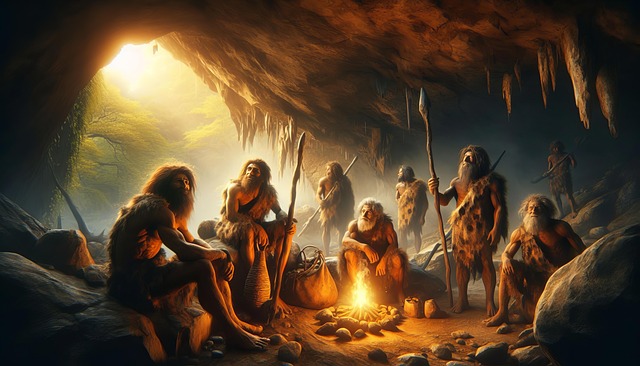
In recent years, the real estate market has witnessed a unique trend—the increasing demand for properties with equine facilities. This shift is driven by a growing equestrian culture, where individuals and families seek to integrate their love for horses into their lifestyle. As a result, many property owners are unlocking the market potential of their land by developing or refining it for equestrian use. From spacious stables to sprawling horse pastures, these features are becoming key selling points in rural and suburban areas alike.
This trend not only benefits property owners but also contributes to the overall growth and diversification of local real estate markets. With more people recognizing the value of equine properties, developers and investors are taking notice, leading to a surge in related infrastructure and amenities. As such, understanding and catering to this niche market can offer significant opportunities for both established landowners and aspiring developers.

